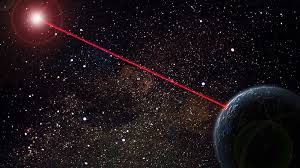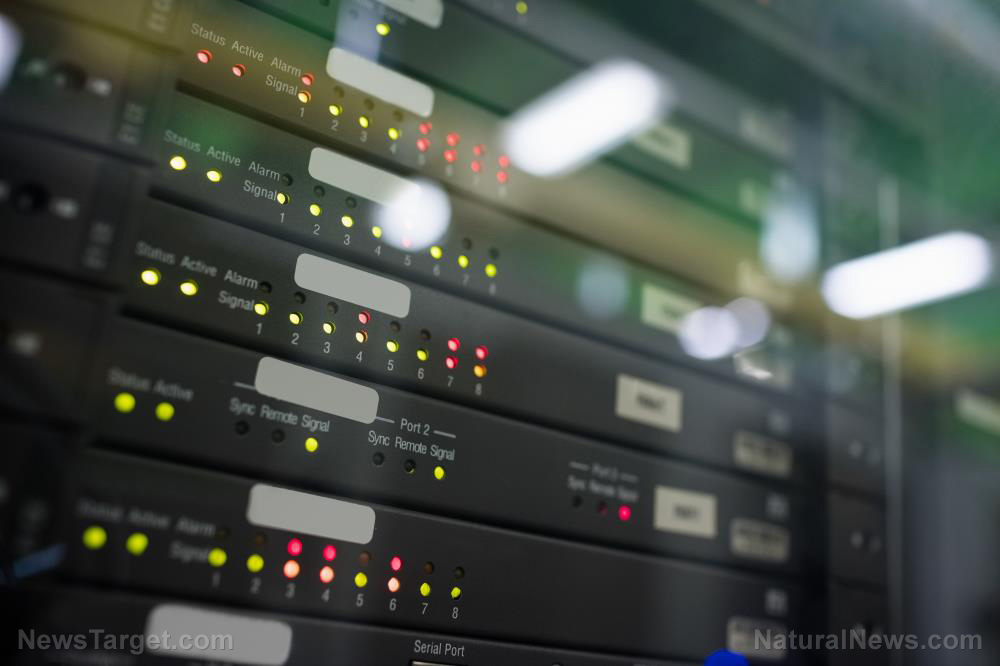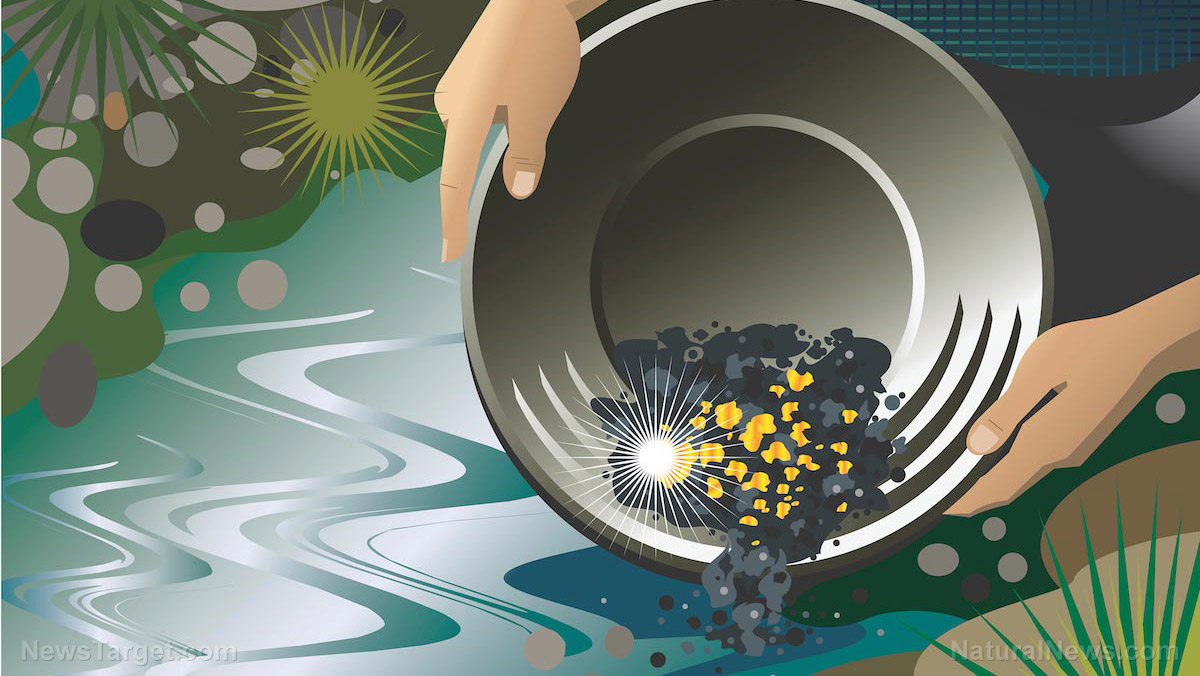
SWELL could open up possibilities for moon exploration
The yearly SWELL experiment could provide data showing how the hardware works in a space environment and the probable restrictions to affect its future operating system deployments. It could also become a compelling option for the employment of lunar resources and development on the moon with the need for fuel, batteries, or for stringing wires being eliminated. "Power beaming might also be used for distributing power for and around Earth, including from satellites that collect solar energy in space. SWELL is the next step into this new frontier," Jaffe said. Chris DePuma, SWELL's program manager, described the experiment as "the next step in extending this capability for space, lunar and planetary applications." He added that power beaming is a crucial facilitator for power distribution on the moon and elsewhere in space. The test is an improvement of laser radiation technology that transmits energy in the form of electromagnetic waves without mass. The lack of mass factor could allow the use of electromagnetic waves to send energy at almost the speed of light. Ultimately, the SWELL experiment could lead to applications that involve transmitting power from a satellite to space, sending energy from space generators back to Earth, or aiding missions exploring permanently shadowed craters on the moon. Energy radiation could someday be employed to launch spacecraft at record speeds to explore interstellar space. Thus far, no display of energy transfer in orbit has tested the capability to transfer energy over a distance of more than a meter with an end-to-end efficiency of more than one percent. Follow Power.news for more news about energy systems. Watch this video of SpaceX's Falcon 9 rocket with a Dragon cargo capsule being launched back in 2020. This video is from the Un-Censored channel on Brighteon.com.More related stories:
To infinity and beyond: Space-based solar power eyed for cleaner energy. Solar power 24/7: China plans to build first solar power station in space and beam power to Earth. Pentagon's solar panel in space could one day supply electricity to any place on Earth. Energy from lasers? Chemists create a new form of CO2 that can be used as an alternative energy source. Sources include: Nextgov.com NRL.Navy.mil Brighteon.comRussia to increase oil supplies to India under new deal
By Ramon Tomey // Share
STUDY: Fruit from invasive weed found to prevent skin aging
By Zoey Sky // Share
A state of never-ending crisis: The government is fomenting mass hysteria
By News Editors // Share
Scientists develop way to extract metals from mining waste using engineered microorganisms
By Ethan Huff // Share
An invisible assault: How everyday heavy metals sabotage brain health
By willowt // Share
Pentagon warns of China's rapidly expanding nuclear arsenal
By kevinhughes // Share
FCC grounds new Chinese drones in sweeping security move
By avagrace // Share
The methylation switch: Scientists identify diet that can turn back the cellular clock
By jacobthomas // Share
Renaissance or Ruin: A wake-up call for cultural revival and self-sufficiency
By kevinhughes // Share
Weight loss in midlife may trigger brain inflammation, study finds
By avagrace // Share











